
A Sound Archive
Preserving, documenting and sharing our sound heritage
 |
Phonothèque
québécoise
A Sound Archive |
| Highlights in the history of Quebec's record industry |
| history of Quebec's independent record labels 1945 - 1960 |
|
|
1945 - 1960 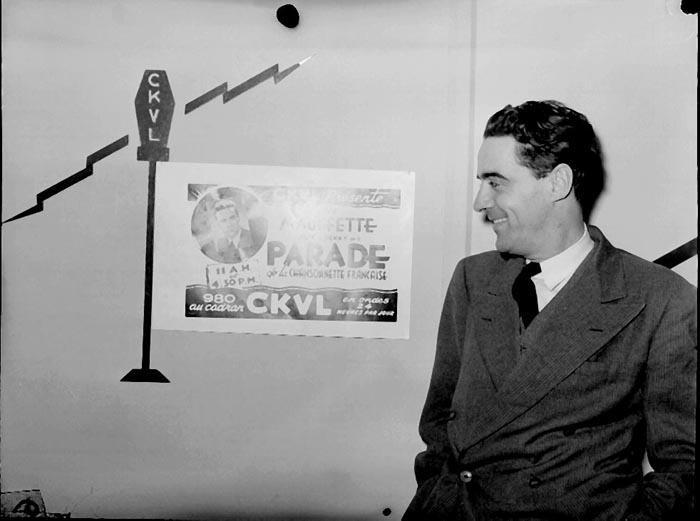 |
Interviews, research, editing, writing and digitizing by Christian Lewis
|
|
Events |
Important Artists |
Comments and Links |
|
|
* Radio Canada International produces a first album designed to promote Canadian music abroad (works by Claude Champagne and Healey Willan); many other records are produced and transferred to 16-inch records starting in 1947 (works by Jean Coulthard, Clermont Pépin, Maurice Blackburn, Pierre Mercure, Jean Papineau-Couture); a number of famous Canadian musicians record for Radio Canada International, including Glenn Gould, Pierrette Alarie, Léopold Simoneau and Maureen Forrester. * Radio Canada International is the first record label to produce Canadian music. Between 1947 and 1955, it creates a historical series consisting of some 100 records, many of them designed to broadcast works from here on in Europe. * Radio competitions proliferate, as do contests in cabarets and various other settings.
* Popular singers begin adding the work of Quebec songwriters to their repertoires.
* In 1949, Robert L’Herbier and Fernand Robidoux launch the magazine Radio 49, in competition with the Radiomonde review of the arts and entertainment; shortly thereafter Herbier and Robidoux organize a "Grand prix de la chanson" (Grand prize for song) (Roland Damour would win the first prize).
* Jeunesse musicales du Canada is founded in 1949. * Fernand Robidoux records a Quebec repertoire (including one song by Raymond Lévesque) in Decca's studio in London, England, where Jacques Labrecque is working. He breaks off an ageement with RCA Victor, who refuse to record Quebec songs and insist on adaptations of French or American hits. 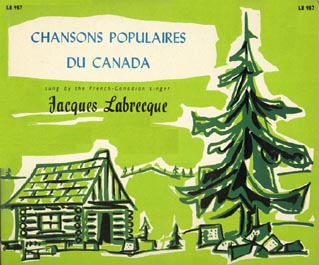 * Advent in the United States of the 33 rpm long-play record in 1948, following by the 45 rpm in 1949. * Private radio stations (CKAC, CKVL) also broadcast variety shows in which songs from Quebec slowly find a place (Quebec singers begin with adaptations of foreign hits, and later turn to local material). According to Fernand Robidoux, in the late 1950s, Quebec radio stations are playing mostly American records, massivly distributed for promotional reasons; Canadian and European companies do not have big budgets, and are already suffering from how to compete with American "dumping". 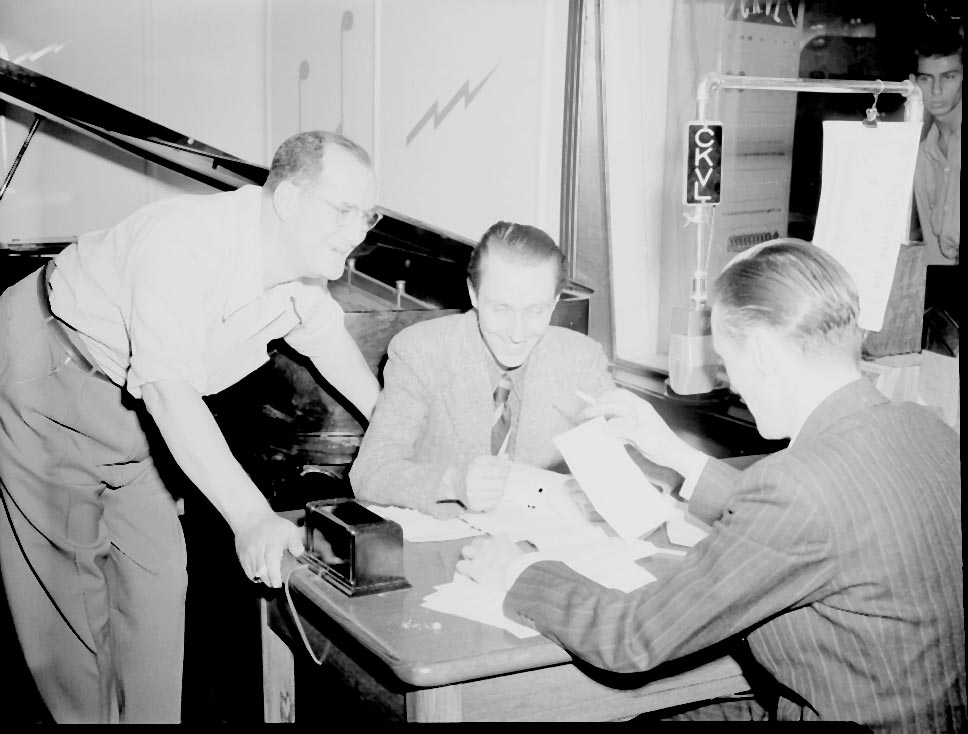 CKVL * Polydor adds Félix Leclerc to its international catalogue. * In 1950, lthe American share of world record sales reaches 80%. * The French "chansonniers" make their appearance starting in the 1950s (at the Faisan doré cabaret); music from France is heard on the radio and in a number of cabarets post-war, including the Copacabana, and the Café de l’Est (with singers like Trenet, Piaf, Chevalier, Rossi…). * In the early 1950s, musicologist Maryvonne Kendergi hosts a Radio-Canada show where she invites composers to be her guests (Jean Papineau-Couture is the first on her list). * The first concerts of contemporary music by Quebec composers are given in Montreal in 1954 (Serge Garant, François Morel, Gilles Tremblay). * Before 1955, most Canadian classical musicians recorded for the foreign multinationals (Columbia, Capitol, Decca, EMI, London, RCA); after 1955, a few Canadian labels offered local classical performers a forum for their art (Acadia, BAR, Baroque, CAB – CAPAC, CRI, Dominion, JMC, LAB, Madrigal, Radio Canada International, Select). * Radio-Canada organized the Canadian song contest in 1956, giving rise to sustained promotion of Quebec song. * In 1957, Quebec is invaded by the phenomenon of popular music in English (crooners, rock'n roll); the Quebec companies Franco-Disques and Trans-Canada produce adaptations of American hits. * Musicologist Maryvonne Kendergi receives Karlheinz Stockhausen in Radio-Canada's Montreal studios in 1958. * The Centre de musique canadienne is founded in 1959. It will develop, among other activities, the recording and distribution of contemporary music. * Archambault, Montreal record dealer since the begnning of the century, distributes records produced abroad (songs, variety, light opera, records for youth, religious music) and, starting in 1959, produces records featuring local artists (the Sélect production and distribution company). * French companies Pathé-Marconi, Barclay and Polydor, record many local artists; British companies London and Capitol do the same. * Between 1950 and 1960, 18 new labels fight it out on the Quebec market. * Starting in 1960, 78 rpm records are no longer in competition.
Jean-Pierre
Ferland
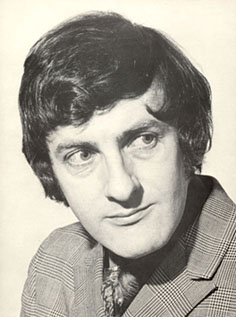 Jacques Blanchet |
1945-1960
Light opera:
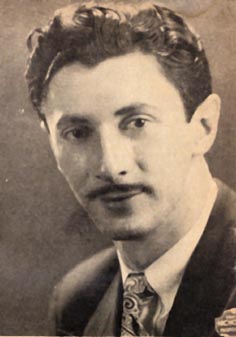
Yoland Guérard

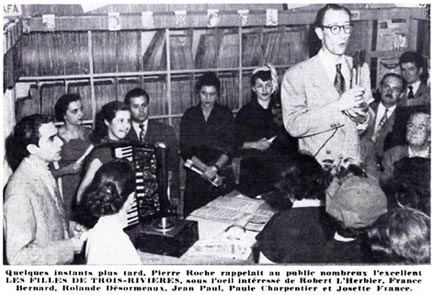
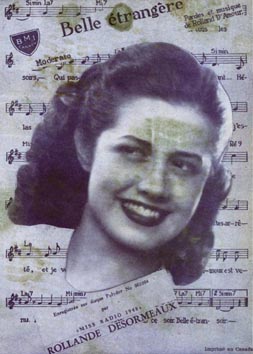 Rolande Désormeaux
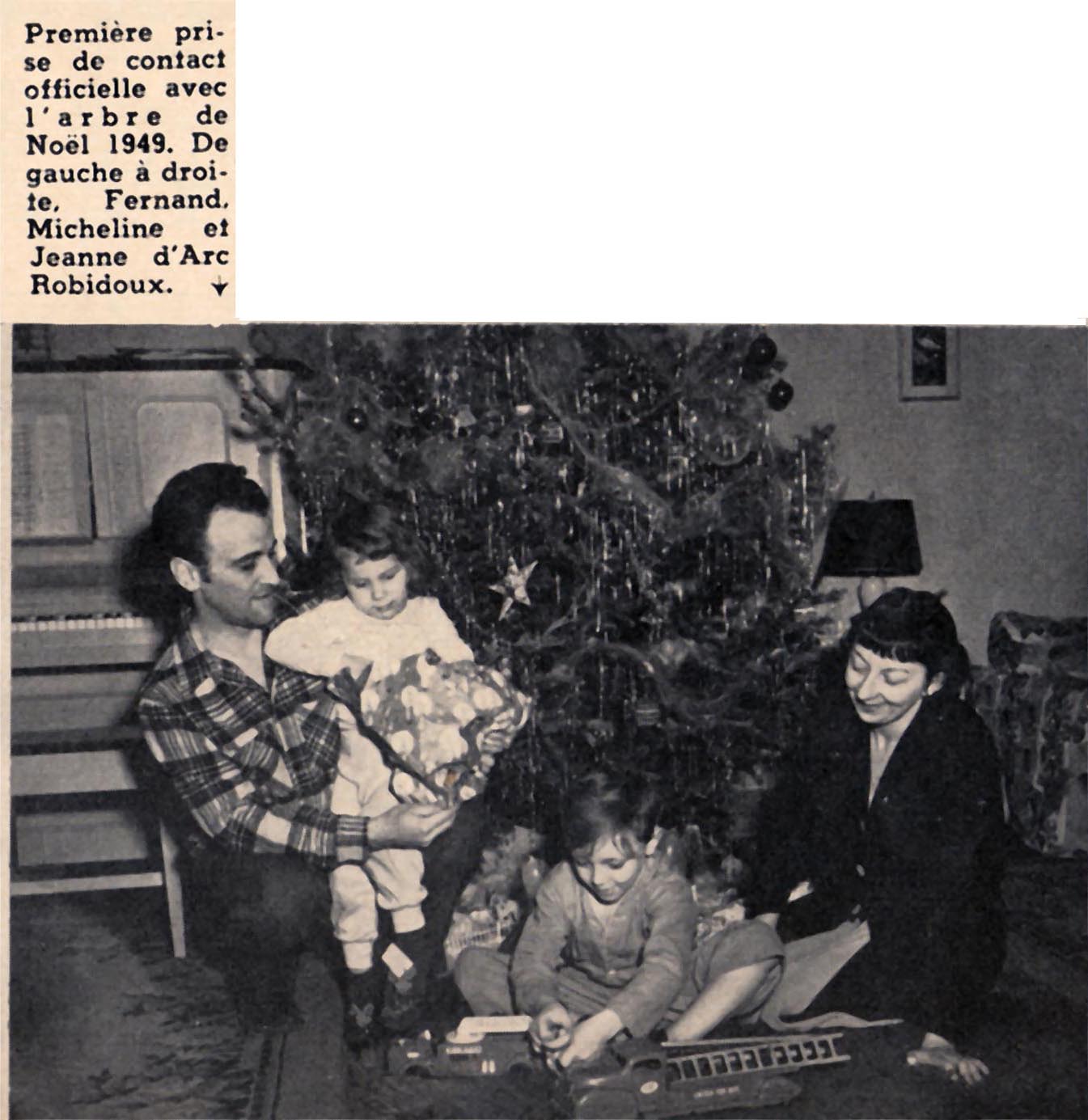 Fernand Robidoux
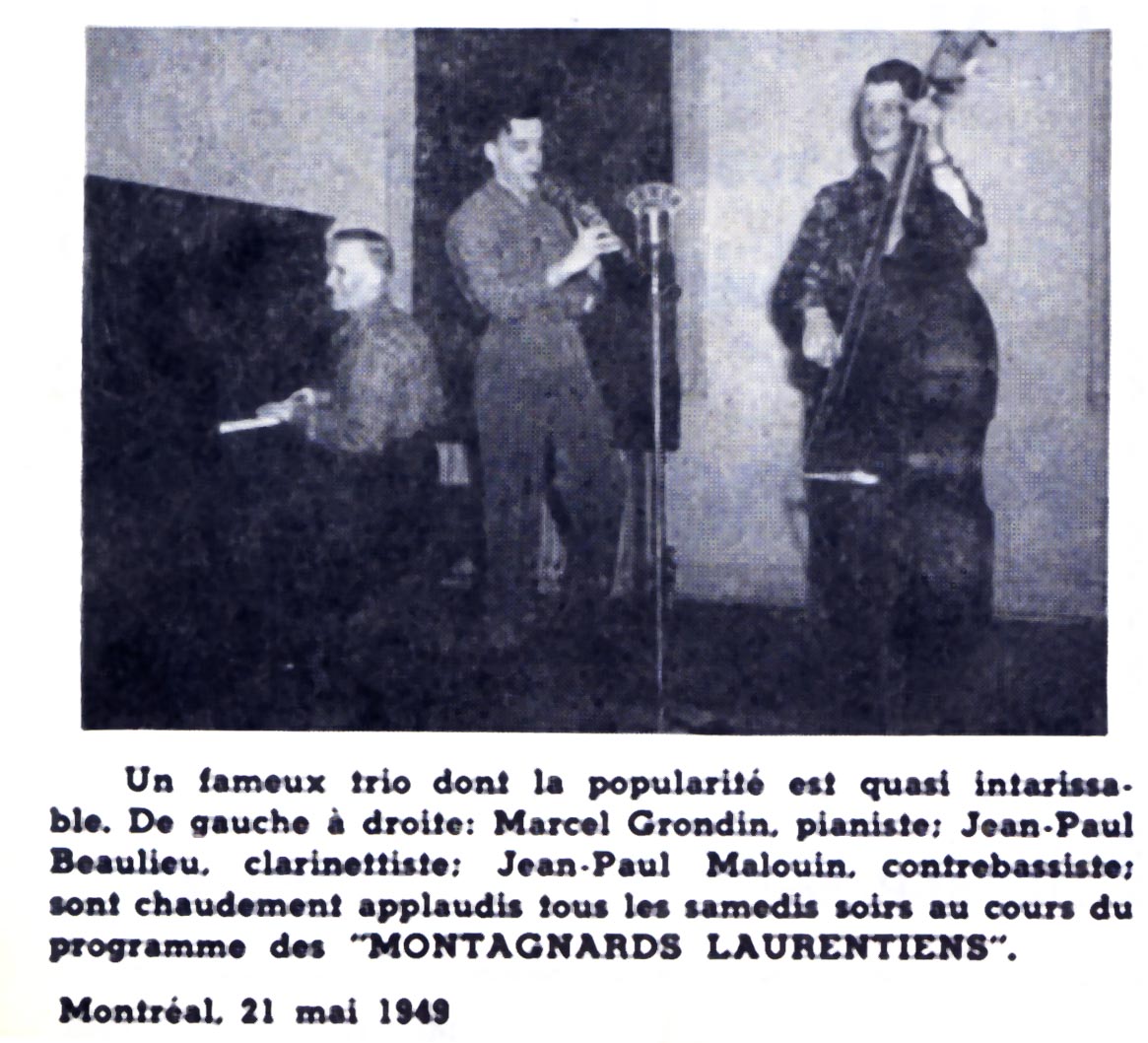 Les Montagnards
laurentiens
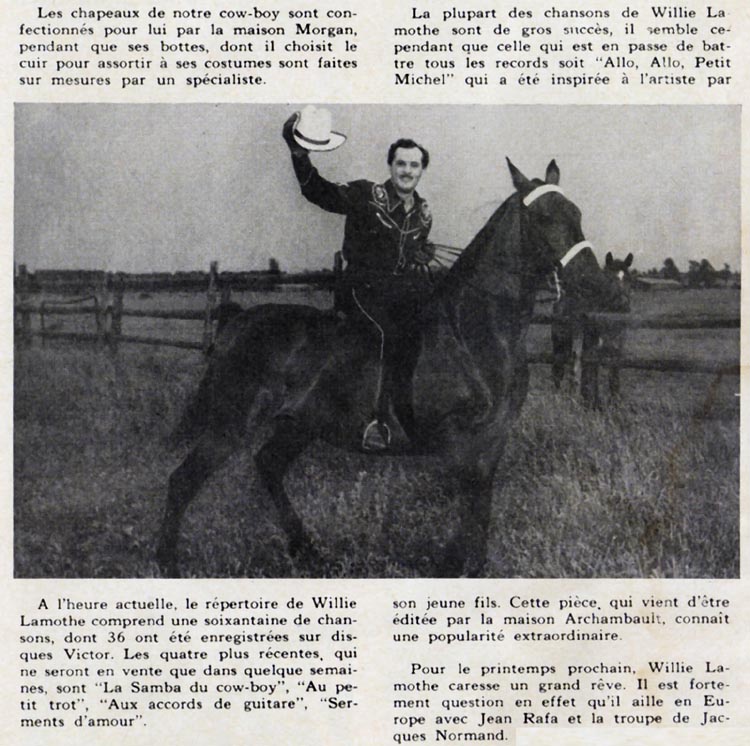 Willie
Lamothe
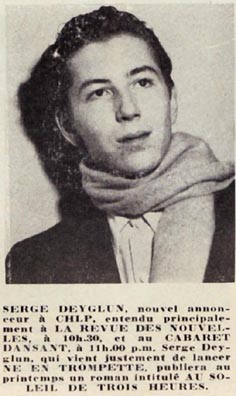 Serge Deyglun
Adaptations of American hit songs:
|
*Note: the materials cited below are available in French only. The following interviews relating to the sound history of this period may be consulted at the Phonothèque:
Excerpts of interviews
relating to this period of the history of records in Quebec: Classical
music: Séance d’enregistrement avec Richard Verreau et les disciples de Massenet– Leblanc, Marcel, (22’’ / 147K), enregistré en 1993 Réédition des enregistrements d’André Turp en collaboration avec Radio-Canada et la Société musicale André-Turp - Lemay-Roy, André, (1‘ 44” / 636K) enregistré le 20/06/2002 Archives sonores sur disques de verre de Raoul Jobin et rééditions - Maheu, Renée, (1‘ 11” / 444K) enregistré le 29/05/2002 Premiers enregistrements numériques de l’Orchestre symphonique de Montréal– Tremblay, Bernard, (33’’ / 214K), enregistré en 1993
Conditions du succès– Leblanc, Marcel, (14’’/ 96K), enregistré en 1993
Début d’une carrière de directeur artistique– Leblanc, Marcel, (41’’ / 258K), enregistré en 1993 La production de disques à Montréal dans les années 1950 et 1960 – Leblanc, Marcel, (42’’ / 269K), enregistré en 1993 Promotion des disques à la radio et collaboration entre le producteur et l’artiste– Leblanc, Marcel, (59’’ / 367K), enregistré en 1993 Rôle du directeur artistique– Leblanc, Marcel, (34’’ / 216K), enregistré
en 1993 Enregistrement d’un concert de Fernand Gignac et difficultés techniques de l’époque– Tremblay, Bernard, (1’00’’ / 252K), enregistré en 1993 Enregistrement des artistes
québécois avant et après 1950 et situation
dominante de RCA– Tremblay, Bernard, (41’’ / 258K), enregistré
en 1993
Adaptations of American hits: Les pionniers du rock au Québec - Baillargeon, Richard, (2‘ 20” / 863K) enregistré dans un café le 23/02/2002 Pourcentage des disques étrangers vendus au Québec et phénomène des adaptations des succès américains– Tremblay, Bernard, (48’’ / 299K), enregistré en 1993 Traditional music: Disque de Jean Carignan - Bernard, Yves, (33” / 205K) enregistré le 23/03/2002 New Music and
contemporary music: Premières émissions à la radio de Radio-Canada à Montréal et promotion de la musique contemporaine - Kendergian, Maryvonne, (1‘ 23” / 513K) enregistré le 16/07/2002
Enregistrement en monophonie et apparition de la stéréophonie au Canada– Descombes, Michel, (50’’ / 312K), enregistré en 1993 Évolution des techniques de «Mastering»– Descombes, Michel, (’’ / 514K), enregistré en 1993 Anecdote autour du travail de «Mastering»– Descombes, Michel, (50’’ / 312K), enregistré en 1993 Contrainte du disque lors du «Mastering»– Descombes, Michel, (1’19’’ / 487K), enregistré en 1993Compétition entre les maisons de disques dans les années 1950 et 1960– Leblanc, Marcel, (1’18’’ / 485K), enregistré en 1993 Maisons de production de disques à Montréal dans les années 1950 et 1960 (Compo et RCA)– Leblanc, Marcel, (41’’ / 258K), enregistré en 1993 Promotion à la radio dans les années 1950– Ménard, Claude, (47’’ / 295K), enregistré le 31/03/2003 Qualité des enregistrements des années 1950 et avènement de la technique Dolby– Tremblay, Bernard, (1’06’’ / 408K), enregistré en 1993 Studios à Montréal et service de post-production chez RCA Victor– Tremblay, Bernard, (32’’ / 205K), enregistré en 1993 Comparaison des équipements de réverbération entre les studios Stereo Sound et RCA– Tremblay, Bernard, (41’’ / 258K), enregistré en 1993 Expérience du disque 16 tours et adaptation des studios aux nouvelles technologies– Tremblay, Bernard, (43’’ / 271K), enregistré en 1993 Évolution des appareils d’enregistrement depuis 1949– Tremblay, Bernard, (1’13’’ / 457K), enregistré en 1993 Développement d’un système à 3 pistes– Tremblay, Bernard, (50’’ / 314K), enregistré en 1993 Les studios concurrents de RCA– Tremblay, Bernard, (30’’ / 192K), enregistré en 1993 Naissance des maisons de disques indépendantes– Tremblay, Bernard, (39’’ / 245K), enregistré en 1993
|
|
*From the collections of the
Phonothèque québécoise, the Bibliothèque
nationale du
Québec and
the Archives nationales du Québec
|
|||||||||||||||||

URL http://www.phonotheque.org/Hist-Maisons-ind/hist-maisons-ind-1945-eng.html